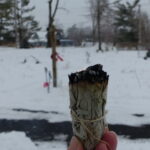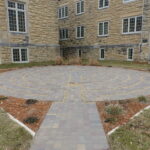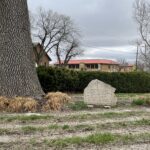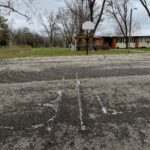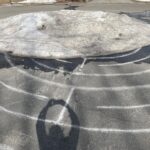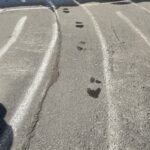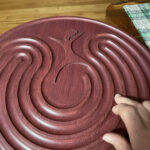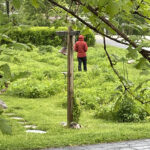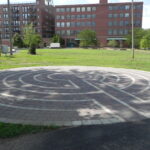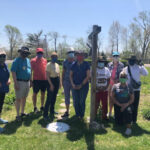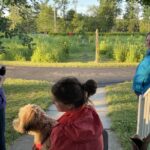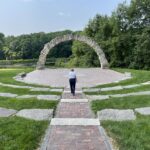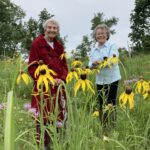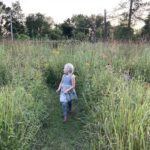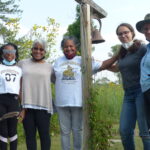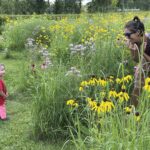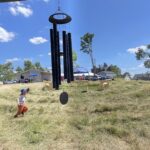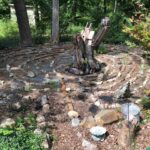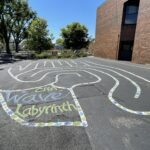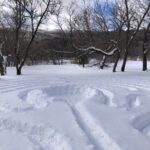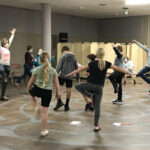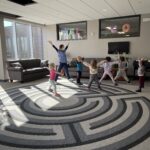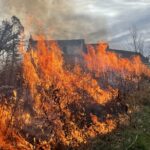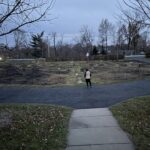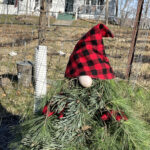by Winding Pathways | Jan 27, 2022 | Reflections/Profiles
2021 Retrospective
At the end of last year, I regarded 2021 with a jaundiced eye. Then, I read the little gratitudes I had kept in the jar all year and realized the good that did happen and that we created. Below is a summary.
Labyrinths
The year 2020 ended with the last night walk and 2021 started with a pilgrim smudging the labyrinth bringing in good energy. That lasted all year with regular walkers in all seasons and weather and a surprise pilgrim who had found the labyrinth on the World Labyrinth Locator. The pilgrim explained she was taking on 50 new activities and adventures through her 50s years. She had learned manual skills from her dad, set out to travel safely, and now was taking in labyrinths on her cross-country trip. The Phoenix Harmony Labyrinth was one of her Iowa connections!
-
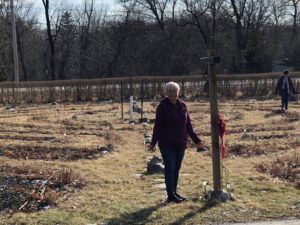
-
Teri blesses the labyrinth
-
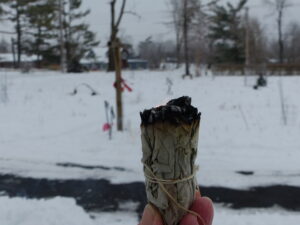
-
January – Smudging for the new year.
Light One Candle 2.0: To honor the new administration colleagues in the Labyrinth community held a virtual service of renewal and blessing.
Church:
Peoples Church Unitarian Universalist has continued to flourish during this year of transition. People have stepped forward to serve. Board meetings run smoothly with thoughtful discussion and positive action. Members have generously contributed to projects such as the endowment that provides secure, long-term funding for our mission and the solar installation. Before the solar, we upgraded fixtures, replaced inefficient bulbs, and re-roofed. Even in the dark of the year, the electric bill plummeted from $300 in one month to $20 the next month.
-
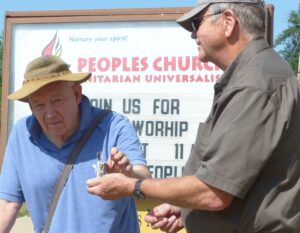
-
Peoples church installed solar panels after roof repairs and upgrading lights and HVAC.
-
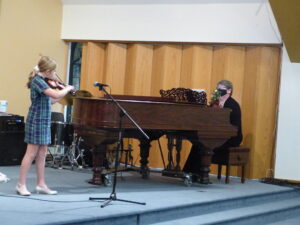
-
Peoples offered performance opportunities for young musicians.
Friends:
Once we figured out how to socialize safely, we had occasional outings with friends, over for an outdoor meal, helping with bucking up wood. Rich took our young friend P fishing. They completed a survey at Big Dick Lake and submitted a report/scientific paper to Dr. Morris at ISU. Pretty cool for an 11-year-old. P helped place the solar lights in the labyrinth. N decided the plastic flamingos made terrific steads to ride. Periodically, I would find the “birds” in different locations around the labyrinth and knew that N and O had come by with their mom. She hiked over on snowy days, too pulling the Littles on the sled. Intrepid! We visited in MN with cousins a couple of times being careful about health protocols and enjoying Immersive Van Gogh in the fall. ZOOM calls, Firepit Fridays, Polar Pizza, Potpie Parties….we made good things happen safely. RAGBRAI at big Dick Lake was fun to see the crazy outfits people wore as we waved them on.
-
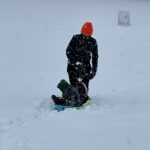
-
Lu intrepidly visited with the Littles
-
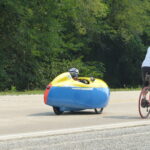
-
You see everything on RAGBRAI
-
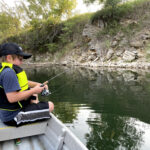
-
P helped document fish at Big Dick Lake
-
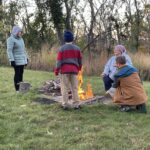
-
In all weather friends gathered around the fire pit.
Weather: Hot and dry. We ended with a 15” deficit so the Gratitudes of the occasional, “Quiet, drippy day” were welcome.
Long Trips, Day Trips, and Writing:
Wow! In spite of all, we managed a trip to Alaska to see N and B. Overnighting in the Hytte, birding, Turnagain Arm, the ski slope, great food, walks, the Museum all in lovely weather. Clear, calm, frosty at night, and warm in the day. Two trips east – June and Late September early October – found us exploring new areas like the Meadowcroft-Rockshelter and Flight 93 Memorial in SW Pennsylvania. A stay at Jay Peak in northern Vermont brought New England back home. New camping areas and a wonderful meal at Punderson Lodge in a terrific rainstorm. We covered a lot of ground in Iowa exploring and writing about museums, the Cassville Ferry, Sprint Cars, cemeteries, parks, and taking in amazing wall art in Dubuque.
-

-
A Dubuque must see.
-

-
Dubuque boasts many wall murals.
-

-
Wrestling Hall of Fame
-
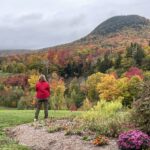
-
Northern Vermont’s foliage season is a must see.
-

-
After a short 15 minute ferry visit Cassville, WI.
-
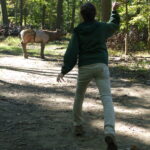
-
Testing skills with atlatl.
-
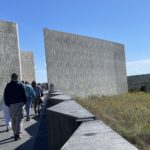
-
A somber experience
-
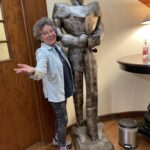
-
Oh What a Knight!
Animals:
Readers know we have chickens and produce FB Live each month with Kelsey Spotts from Hoover’s Hatchery. These are fun and we have great conversations and share a meal after the FBLive shows. We also have a rescue bunny, Oreo, who loves to dig in the sandbox we placed on the deck. She is a mess and ten minutes later she is all cleaned up. Oreo knows to nose under the mosquito netting to get onto the deck, she is Marion’s “office assistant” faithfully sitting by the desk during computer time. She ever has a song made up for her!
-
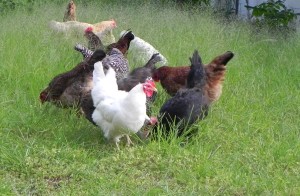
-
Chickens will forage for insects and eat vegetation all summer.
-
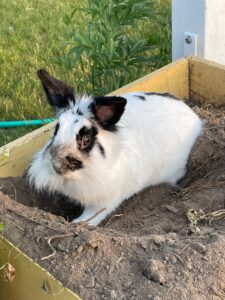
-
Oreo gets all dirty and 10 minutes later she is clean as a whistle.
We are well and 2021 although stressful, also had bright spots. These we remember to help us keep balance.
Welcome, 2022!
by Winding Pathways | Jan 13, 2022 | Reflections/Profiles
One-Room School Houses
Readers’ Reminisce
Note: The original article appeared in the Cedar Rapids Gazette, Sunday, December 19, 2021. We invited readers to share their reminiscences and included here some that were in the original feature. We begin this blog with the background that was part of the Gazette feature.
Country Schools Across America
“For about a century after statehood (in Iowa), families, often with many children, lived on 160 acres in rural places. Although few kids went to college, parents valued learning and these schools were once the foundation of America’s free, public, education. Schooling in rural Iowa posed challenges. Depending on the season roads were either mud or dust with cars and school busses in the future. Towns were a distant trek, so one-room schools were built, usually within walking distance – two miles – of home.
“Often the sole teacher was an unmarried woman. What she taught was decided by the citizens of the township where the school was located. These teachers did many tasks, including teaching reading, writing, and math, sweeping the floor, and feeding wood into the potbellied stove. Some teachers even lived in the school! Others boarded with nearby families. That must have been something to teach kids all day and then board with them in the evening!
“A typical American one-room school featured George Washington and Abraham Lincoln’s portrait upfront, rows of wooden desks, a potbelly stove, and a privy or two outside. Although facilities were humble, pleasant memories linger in the minds of older people who launched their learning careers in tiny schools.
Fond Memories
“Several of our older friends attended one-room schools as children across the country and in Iowa. All remember funny incidents from the past and believe their school experiences launched them to success in many occupations.
““I remember the Veteran’s Day Blizzard of 1940. It was a beautiful morning but clouds rolled in as the wind picked up outside Flanagan School. We had a car by then, but my school was on a dirt road. Dad thought the car would founder in drifts but horses might get through. So, he picked me up with the team with the wind howling on the way home,” said John Regan who attended the one-room school between Holy Cross and Rickardsville in Dubuque County.
““My teacher was Miss Regan, Dad’s cousin. She was wonderful, and in that small building I learned education basics,” continued Regan. He went on to serve a successful hitch in the Army, repaired typewriters in New York City and became a John Deere equipment dealer in Newton, NJ. Before retiring he rose to executive VP of the company. John now lives in a New Jersey senior residence but often reminisces about his Iowa childhood.
Quality Depends on Cooperation
“Idahoan, Bob Pratt, Rich Patterson’s former college roommate, drawled, “I didn’t go to a one-room school. Mine was a two-roomer in rural Idaho. Grades one through four were in one room and five through eight in the other.” His school had but three employees: two teachers and a person who both cooked and cleaned. After eighth grade, Pratt attended a tiny high school and later earned a degree from the University of Idaho. During a long career in tiny high schools, he taught practical farming and mechanic skills and math and biology.
“Both Iowan Regan and Idahoan Pratt told us, “The education I received in tiny schools was superb. Maybe better than I’d have had in a big school. My classmates and I were well prepared for life and led successful careers in many areas.” Pratt continued, “I taught in high schools with just a few students in each graduating class, but they went on to great success. One is a cardiac surgeon. Another is a skilled cabinet maker. It’s the quality of the teachers and the cooperation of parents that make students excel, not the size of the school,” he emphasized.
Antics and Airplanes
One friend recalled her mother getting a piggyback ride to school after losing her boots in the mud. Pam Tegler Geraghty, a retired Cedar Rapids special education teacher, admits to being a “holy terror!” as a kid at the Lamont, IA, school in the 1950s. She slopped in a creek on the way home and once locked a classmate in the outhouse.
Pat Maas, a retired teacher and health secretary at Cedar Rapids’ Grant Wood Elementary, remembers rushing outside to watch an airplane zoom overhead when planes were a new wonder.
-
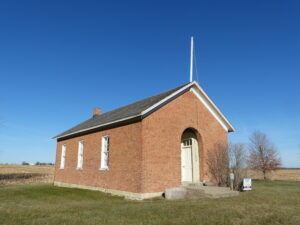
-
We sat on the stoop of took in the memories of by-gone days.
-
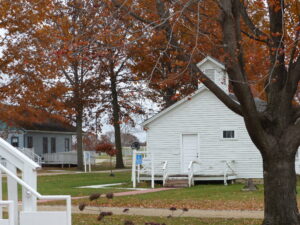
-
Ushers Ferry village complete with a school.
Quite the Career
Jack Neuzil of Solon, Iowa, reminisced about his country schooling days back in the mid-1930s. “I remember the first day the hired man took me on horseback.” After that, he and the other kids walked to school.
Practicing Life-Long Skills of Helping as Needed and Sanitation
Kids picked up sticks for the woodstove, pumped water from the well and used a dipper to drink from, and clapped chalk dust off erasers outside. They practiced sanitation. After using the outhouse, they would wash their hands and dump the water outside.
Stories, Games, and Pranks
“We would sit around the teacher who would read stories,” Neuzil shared. Popular recess games were Annie-Annie Over (or Andy Andy Over) and Kick the Can. Kids showed their daring-do by balancing along the wooden fence. He chuckled that adults would guard the outhouse around Halloween to prevent pranks.
Into the Future
As Pratt and Regan shared, the quality of education can be high in country schools. After his couple of years in the one-room school with eight or nine kids, Neuzil attended the University of Iowa schools and on to college. “I didn’t realize how good a student I was until I went to Northern Illinois College.” Attending on a work-study plant, the equivalent of a basketball scholarship, he held a job in maintenance. “The head custodian respected my work so much he eventually had me clean the president’s office, “Neuzil reflected proudly.
Creative Career Paths
Neuzil attended officer candidate school in Newport, RI, served in the tail-ed of Korea and the beginning of Vietnam, helping refugees find safe haven, taught high school at Eldora, and started the skills programs at Anamosa. “…so they could get a job when they got out of prison.” He went on to create and teach in the trade industry program at Kirkwood Community College for 25 years.
Neuzil holds patents on two heat exchangers, worked with Dick Schwab on the round buildings in Solon, and created a program of building and taking wood dinosaurs to schools around the area. “We did this to promote reading as we talked to kids. You have to be interested in order to learn,” he observed. After a time, believing that “free is no good” Neuzil began charging schools a book for each program. The kids wrote their names in the books which he donated to the Solon Public Library.
Now in his 90s, Jack Neuzil continues to share his wit and wisdom with others, demonstrating that the expression, “From here you can go anywhere,” holds true. Country schools were indeed a bedrock of America’s education.
-
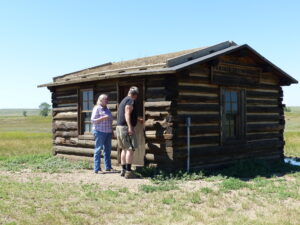
-
Betty and Rich check out the small school house on the American Prairie Reserve in Montana.
-
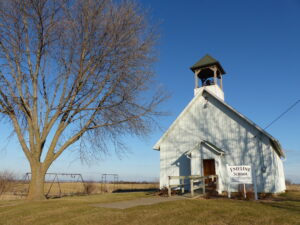
-
1848-1966 Emeline School is now a community center.
One of our favorite one-room schools involves a long drive but is completely fascinating. It’s set in the vastness of the Eastern Montana prairie and is part of the American Prairie Reserve. Local ranch kids attended from 1942-1957. The sole teacher lived and taught in the same tiny school surrounded by sprawling open spaces and occasional resident rattlers. Visiting it is a trip back in time, and a reward might be staying in one of the Prairie Reserve’s luxurious nearby yurts.
by Marion Patterson | Dec 16, 2021 | Labyrinths, Reflections/Profiles, Wonderment
Where Did the 2020 Labyrinth Blog Go?
I’m curious what happened to the 2020 labyrinths blog! While I mainly walked the Phoenix Harmony Labyrinth in our yard, I know I walked other labyrinths. Edith Starr Chase’s lovely one at Wickiup Hill on a magical Winter Solstice evening. The comforting labyrinth at New Bo District. And, early in the season, the Westminster Presbyterian Church of Waterloo, IA, labyrinth. Well, it will show up. Meanwhile, here is a look back anyway.
I’ll just share again.
-

-
Teri blesses the labyrinth
-
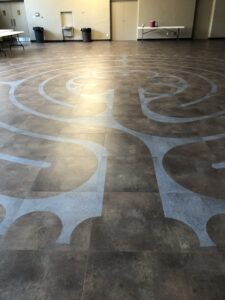
-
Westminster Presbyterian Church in Waterloo, IA, has a lovely inlaid labyrinth.
-
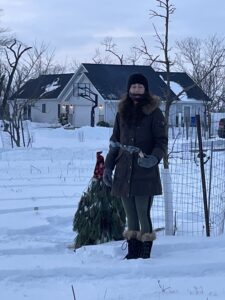
-
Emie smudges the Phoenix Harmony Labyrinth December 31, 2020.
-
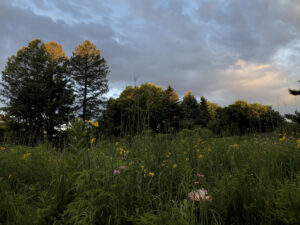
-
The last time I took a pix of the Three Guardian Firs before Derecho 2020
-
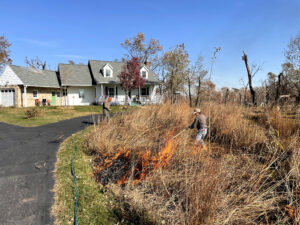
-
Each year we burn the labyrinth.
-
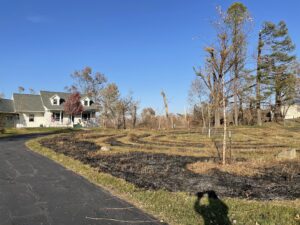
-
While bare, the ash prepares the soil for next year’s blooms.
-
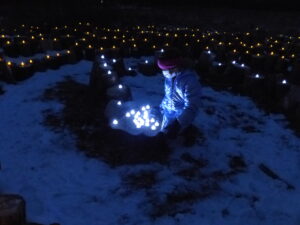
-
Child at Center of Wickiup Hill Labyrinth
-
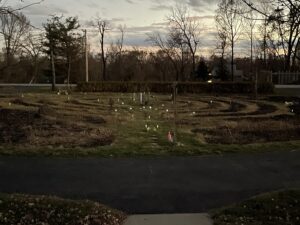
-
Walking the labyrinth with the solar lights in autumn is magical.
Now on to 2021!
-
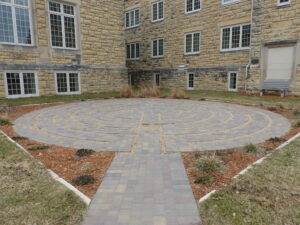
-
March – A lovely labyrinth tucked into a corner of the seminary
-
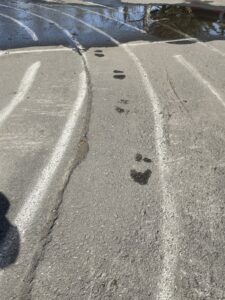
-
Looking back.
-
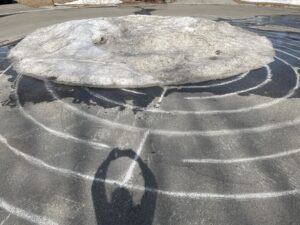
-
April in Anchorage – Sometimes walking the path is enough.
-
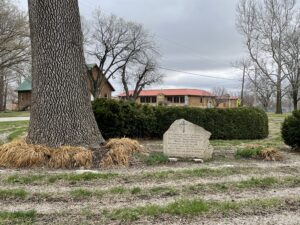
-
March – This unusual labyrinth incorporated a tree in the middle.
-
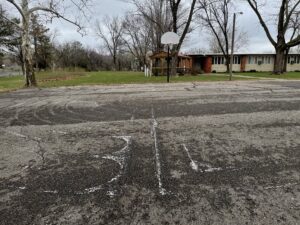
-
March – Maintenance is always important with labyrinths.
-
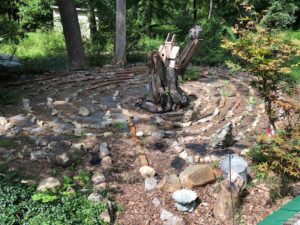
-
September – A favorite labyrinth to visit.
-
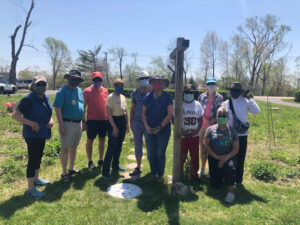
-
May – Several people joined to take in the emerging plants.
-
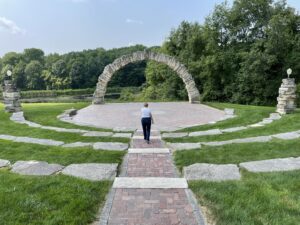
-
July – Part of the Johnson County, Iowa, conservation commission, this labyirnth invites contemplation.
-
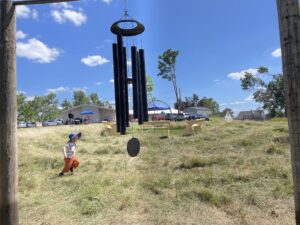
-
Fall – A child explores the labyrinth.
-
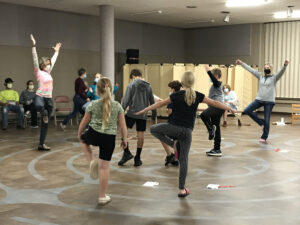
-
October – We explored ways to interact with the labyrinth.
-
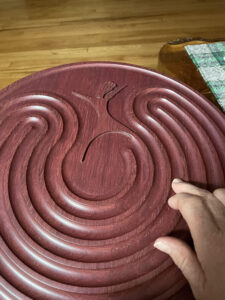
-
The weekly finger labyrinth walks sponsored by Veriditas attract people from six continents.
-
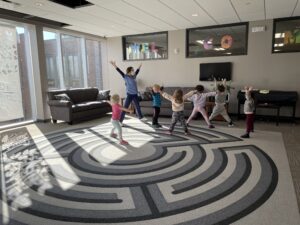
-
November – The labyrinth is playful.
-
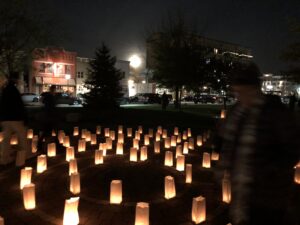
-
Edith Starr Chase sponsors lovely labyrinth walks.
-
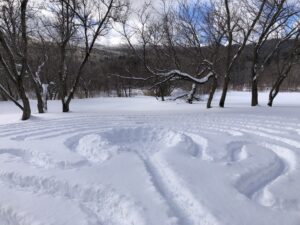
-
October – I walked in the fall without snow.
-
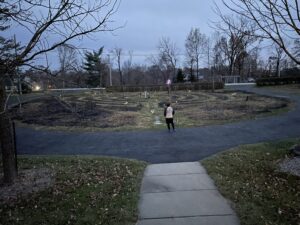
-
November – P. Admires his work as the solar lights glow softly.
by Winding Pathways | Sep 16, 2021 | Nature, Reflections/Profiles, Wonderment
“It’s a monster!” Payton yelled out! His fishing pole, made for a child to catch tiny fish, bent in a 180-degree arch. Somehow, amazingly, he guided the monster close enough that I could grab its lower jaw. Seconds later it was in the boat.
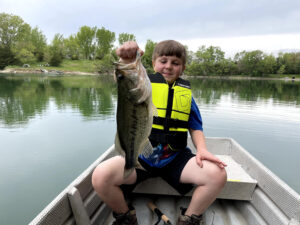
A proud fisherman.
Wow! It was a monster. 5.1 pounds is a big Largemouth bass. After carefully removing the hook, we slid her back into the water. The fish finned away, yet the memory will linger for a lifetime.
We’ve known 10-year-old Payton and his family for several years. His parents don’t fish and they want him to develop a wide range of interests. I, Rich have fished for most of my 72 years and offered to take him to a local pond. That was in the spring. We’ve since floated in my tiny row pram several times.
Mentoring. I thought I’d teach him how to fish. I sort of succeeded. At least by these skills he’s learned:
- Casting with one hand.
- Fishing without getting many tangles…..and being able to untangle most of the ones he does get.
- Learning knot tying.
- Identifying fish species.
- Picking the right lure and gently handling and releasing fish.
- Spotting mink, kingfishers, turtles, and toads.
- Collecting data. We keep length and weight records of the fish we catch.
What I didn’t realize before we started fishing was what I’d learn, including the patience needed to untangle snarls of line. I also learned some new easy-to-tie knots so I could show Payton. And, we had the chance to talk about conservation as we got to know each other.
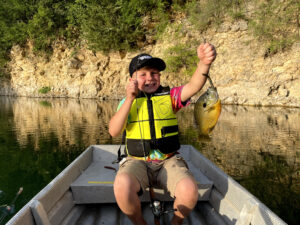
Payton has learned several skills.
Mentoring. It’s fun. Fishing has been our activity but an adult mentor can spark a kid’s interest in all sorts of activities, ranging from playing golf to fixing engines. It’s rewarding to share a hobby with a youngster…..and initiate a lifelong passion.
by Winding Pathways | Apr 8, 2021 | Reflections/Profiles, Travel/Columns
Just before darkness, cold, and snow appeared last December we decided to try a new winter travel adventure. We purchased a “Great Course” called the Ancient Civilizations of North America that took us on a virtual trek across North America over a 10,000 year plus time.
The course contained 24 lectures on a CD with a paper book paralleling each class.
A Good Way to Enjoy Winter Evenings

Dr. Barnhart is the director of the Maya Exploration Center.
A few evenings a week we’d sit by our fireplace and enjoy a 30-minute lecture. Our professor was Dr. Edwin Barnhart, Director of the Maya Exploration Center. He’s also a Fellow of the Explorers Club and has traveled extensively. His knowledge of ancient cultures is extraordinary and his delivery impressive. As we watched him on our television it was as if he was speaking directly to us.
His course started with archeological terms and the first people known to cross the Bering Land Bridge and enter our continent in pursuit of mammoths and other gigantic now-extinct animals. Later lectures brought us forward in time to Native Americans along the East Coast just before Europeans arrived.
During the class, we “visited” such fascinating places as Chaco Canyon, Cahokia, Meadowcroft Rockshelter, and many others.
A Chat with Dr. Barnhart
Shortly after finishing his course, we had a delightful phone conversation with Dr. Barnhart. He lives in Austin, Texas, and was attempting to replace a water line that froze and bust in the late winter freeze that hit the Lone Star State and other southern states. Curious, we asked him a number of questions about archeology and how the Great Course we took was so effectively presented. Here were some of our questions and his responses:
- Do archeologists often have a feeling of awe when at a place where people lived hundreds or thousands of years ago? “Yes, very often.”
- We live in Iowa where ancient people often created large earthen mounds, often on high ridges above streams and rivers. Might we have mounds near our home above Indian Creek and how might we spot them? “The name Indian Creek sums it up. Yes. There might be mounds, but many may have been destroyed. Keep your eyes open. It’s important that these places be protected.
- When we mentioned that the area had been hit but a derecho’s 140 miles an hour wind that had uprooted many trees he responded, “Often artifacts are found in the root balls of uprooted trees. Look carefully at them and you might find stone tools or pieces of pottery.”
Keeping the Conversation Lively
- When we asked him about how he made his course delivery so interesting he replied, “We’ll I organized the class and its content but the technical people who did the filming for the Great Course are skilled in helping make and keep presentations interesting.” Among the aspects of the class and delivery that kept us fascinated were background murals that changed with each lecture, excellent graphics and maps, and Dr. Barnhart looking directly at us (the camera). He would also rotate about 90 degrees every ten or fifteen minutes and look at a different camera. Then he revealed a secret. Because he knew the material well and had written the script keeping a flow of conversation was easy. And, he quipped, “My notes were on a teleprompter.”
We thank Dr. Barnhart for his vast knowledge and ability to communicate it. We will take future Great Courses. They range from lifestyle topics to learning advanced calculus to European history and music. For information go to www.thegreatcourses.com.
Author note: We purchased and reviewed the Great Course on our own with no special consideration given to us.
























